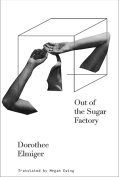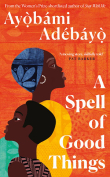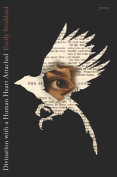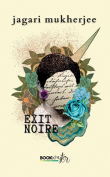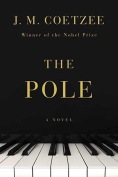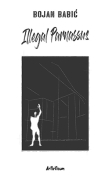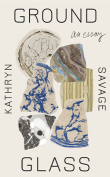Pet by Catherine Chidgey
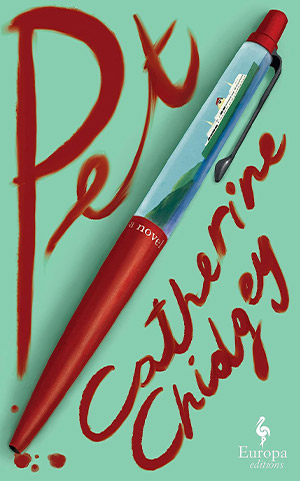 New York. Europa. 2023. 336 pages.
New York. Europa. 2023. 336 pages.
Catherine Chidgey’s Pet is a powerful novel about eroding innocence, contagious intolerance, and duplicitous authority figures. The story, set in 1984, focuses on twelve-year-old New Zealander Justine Crieve. Her mother has recently died of cancer, and her father, who runs an antique store, has descended into despair. At dinnertime, they watch reruns of the cheesy American TV show The Love Boat. Justine craves a sprightly hand to guide her through puberty. Perhaps Mrs. Price, her fashionable homeroom teacher, can fill the vacancy?
At first, this seems unlikely—Mrs. Price has other favorites. But after learning that in addition to the loss of a parent, Justine is coping with epilepsy, the teacher takes more interest in her. She asks Justine to clean the blackboards and pencil sharpeners—a plum project for a lonely preteen. Her peers take notice of Justine’s rising prestige. “You’re the new pet,” her close friend, Amy Fong, tells her. For a time, Justine basks in her teacher’s glamor. While the nuns and priests who make up much of the staff of her Catholic school shuffle about in shapeless clothes, Mrs. Price drives a sports car—an aerodynamic import, “with the steering wheel on the wrong side, the American side”—and struts around with “her blond waves” cinched “into a high ponytail.”
Alas, Mrs. Price is not the modern sophisticate she seemed before “everything went wrong,” as Chidgey puts it in an intriguing passage early in the book. The teacher betrays an inappropriate degree of interest in classroom gossip and a disturbing enthusiasm for the racism underlying a study unit about Indigenous people. Mrs. Price’s worst impulses are activated when what appears to be a preadolescent crime spree strikes her classroom. School supplies, toys, scarves, Justine’s favorite pen—these and other items have suddenly gone missing. When some of her fellow pupils notice that Amy, who is of Asian descent, hasn’t had anything stolen, she becomes a prime suspect and a vulnerable target for bigotry.
In a secondary storyline, set in 2014, an adult Justine visits her father, who is showing signs of dementia, at a nursing home. Watching medical staffers care for the once-vigorous man, she processes her recollections of her illusion-dashing spell in Mrs. Price’s class. Memories—be they vivid or evanescent—are crucial in this novel, an astute, melancholy reflection on deceptive appearances, racist groupthink, and time itself. One night, at the end of The Love Boat, young Justine sees the credits roll and realizes that the episode is years old. “We were watching the past,” she says.
Kevin Canfield
New York













